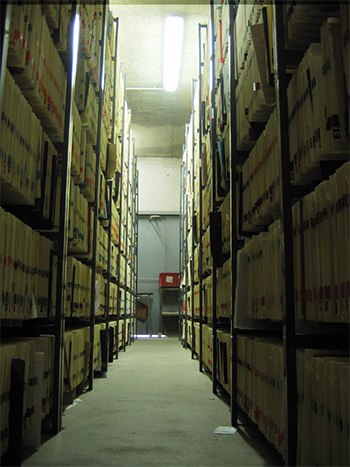- Posted Jan. 8, 2013, 11:06 p.m. - 12 years, 5 months ago
PDF/A Usage in Companies
Nearly three years ago the Association for Information and Image Management (AIIM) released the results of a study. They found that 90% of the companies were already using PDFs to archive their scanned documents.

Additionally, 89% of the companies were using PDFs to archive all of their Microsoft Office Documents. It seems strange today, but back then (not too long ago) 43% of the companies still used microfiche and/or microfilm for their archived documents. This is probably not that much different from today, as converting microfilm and microfiche files to PDF or other digital storage media is time-intensive and expensive.
The popularity was increasing as the PDF/A standard, which brought PDF usage to what it is today, as developed as the archiving standard. If you would like a refresher on the PDF/A, we wrote about it earlier.
Today, just about everyone uses PDF files as archives and the PDF/A is still growing toward total acceptance. Consider the advantages.
PDF/A files are searchable. They are totally self-contained and all “external” references have been embedded inside the PDF.
All the major document archive services also use PDF/A files. If you are not yet using PDF/a for archives, you should start.
Latest Articles
-
Our latest testimonial for Infix 6
Dec. 19, 2016, 2:40 p.m. -
Most commonly translated Turkish words
Feb. 6, 2015, 9 a.m. -
Merry Christmas & A Happy New Year
Dec. 25, 2016, 8 a.m. -
New Save PDF to SVG feature introduced to Spire.Office
Dec. 23, 2016, 11:54 a.m. -
Editing educational PDFs – a user perspective
July 21, 2014, 8:03 a.m.


